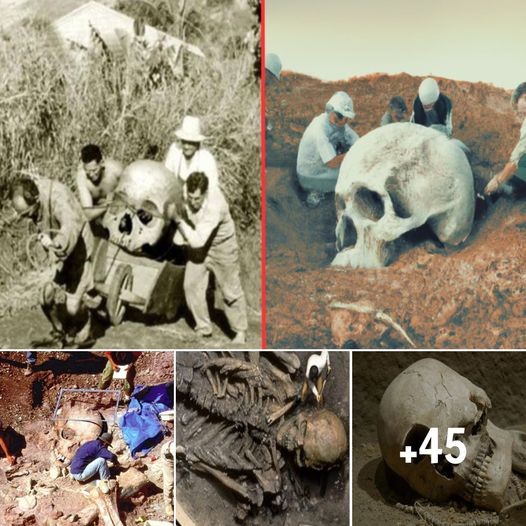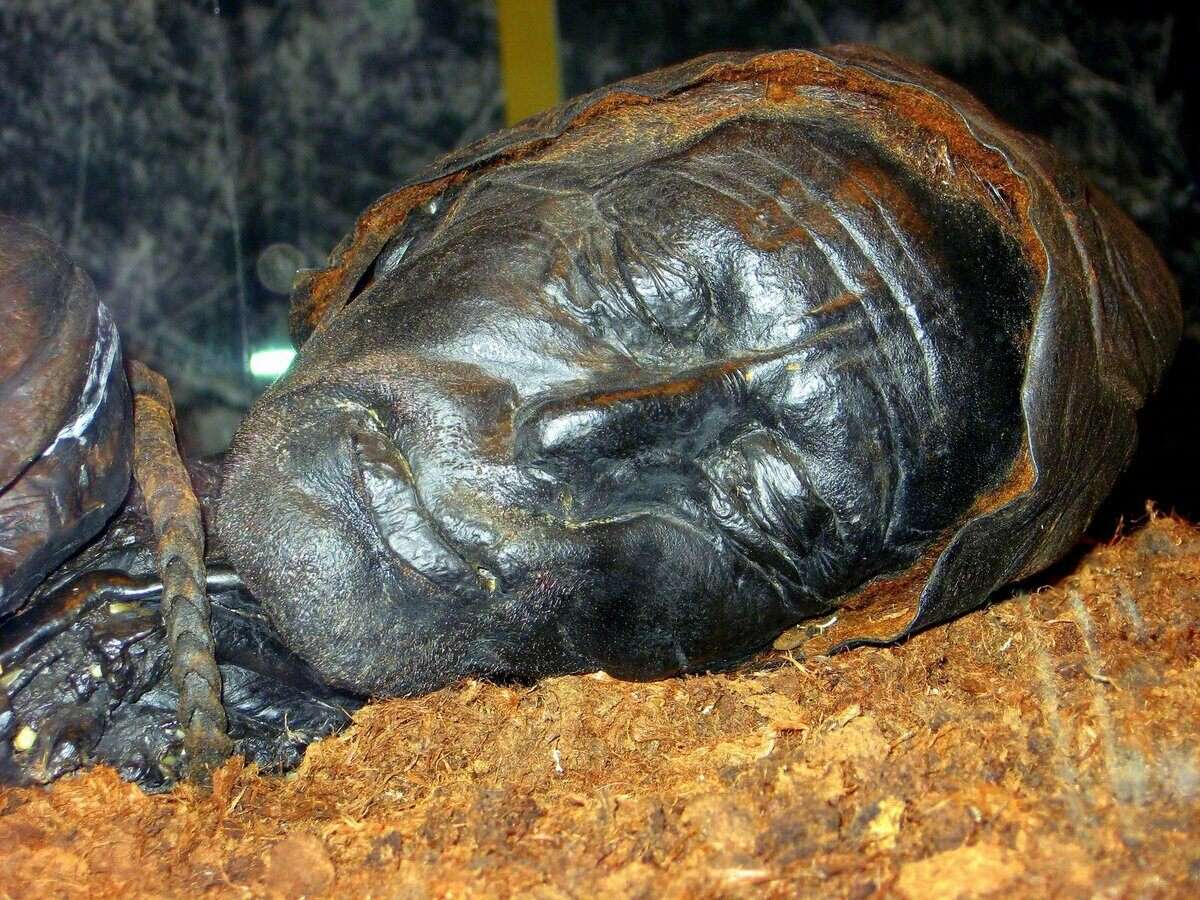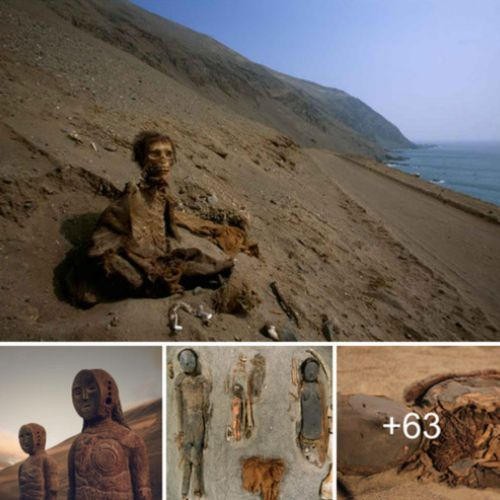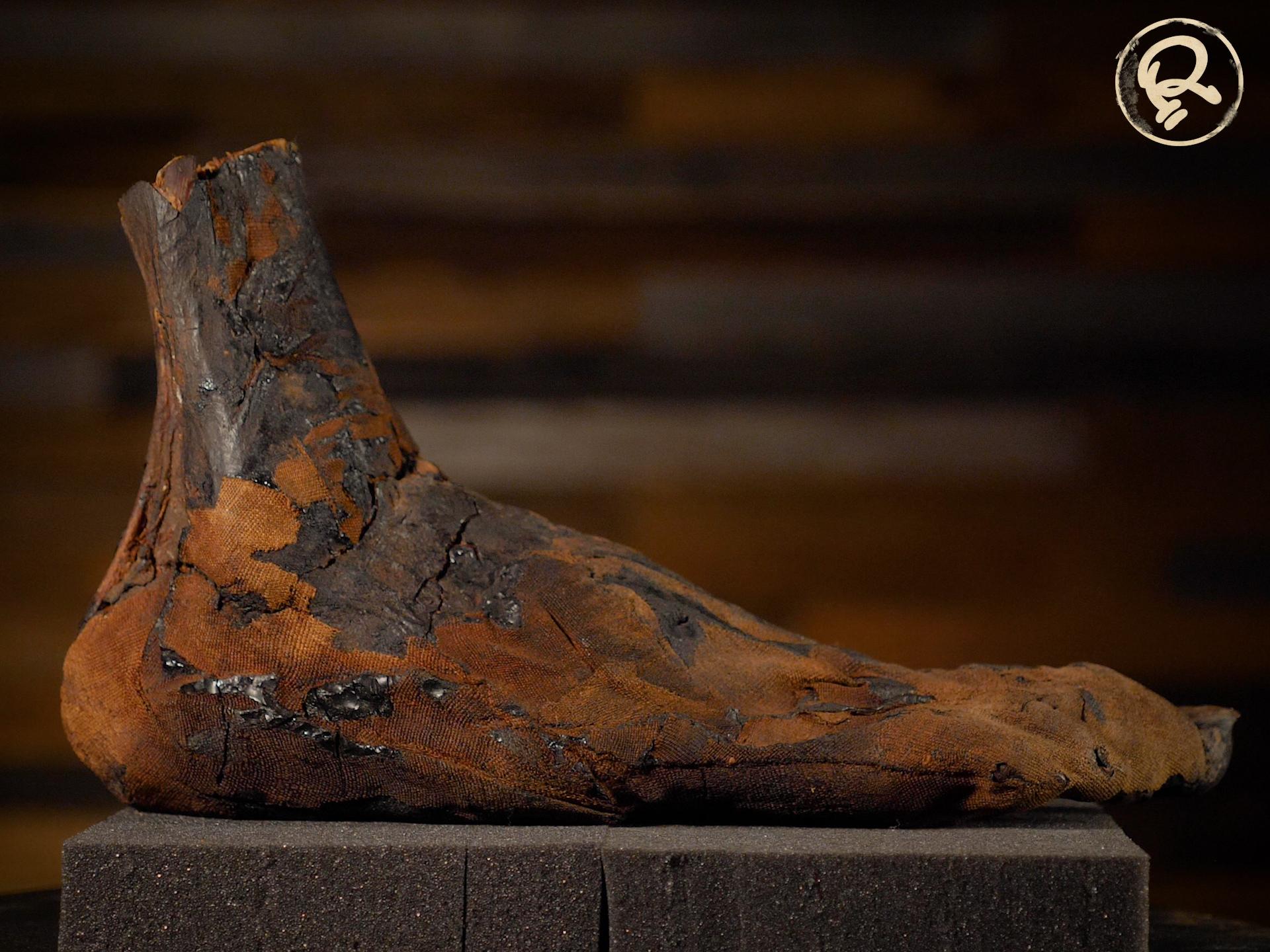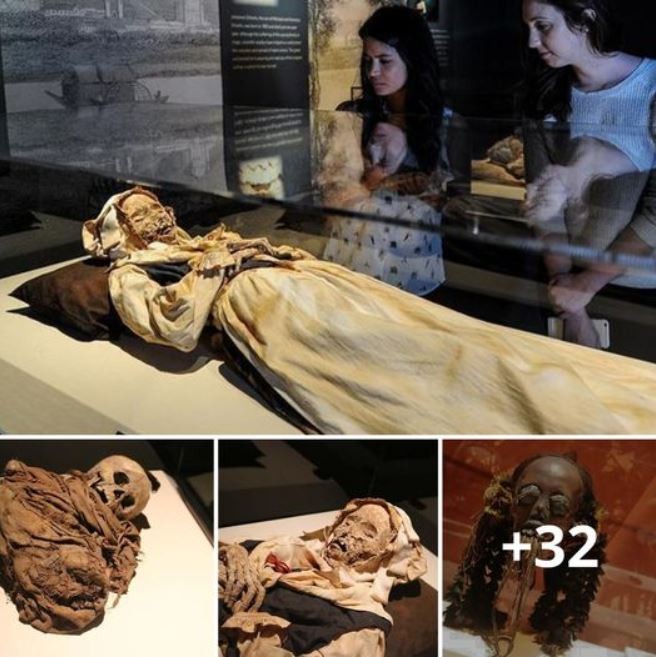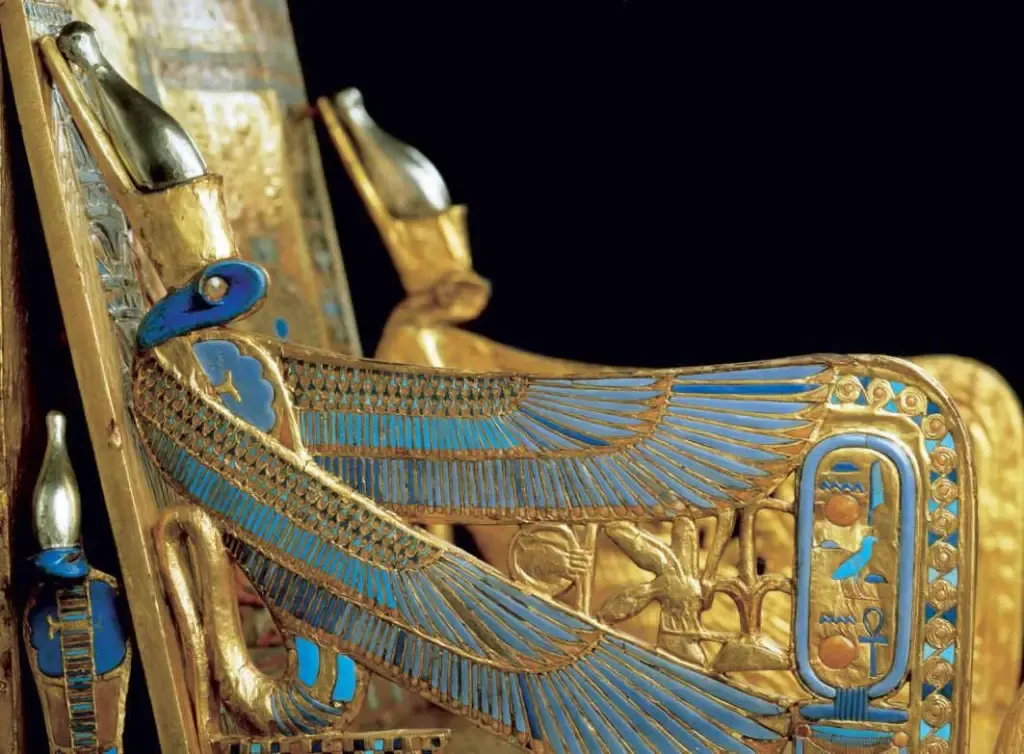Scientists claim to have found Europe’s oldest shoes in a bat cave in Spain’s Andalusia – sandals woven from esparto grᴀss that date back some 6,200 years. These were part of a large haul of objects and artifacts that miners plundered and uncovered in the late 19th century, of which are a fascinating collection of 22 pairs of sandals, and some basketry that is even older than the oldest sandals! Radiocarbon dating has confirmed that most of these artifacts are at least 2,000 years older than previously thought, with cool winds and low humidity acting as preservatives for organic materials
Major Discoveries in the Bat Cave
The research was conducted by an interdisciplinary team that meticulously analyzed 76 artifacts, including items crafted from wood, reeds, and esparto grᴀss. They published their findings in the journal Science Advances . Among the finds were basketry, cords, mats, and a wooden mallet. The basketry dates to 9,500 years ago, evidence of early basket weaving practices among the region’s hunter-gatherers and early farmers.
“The esparto grᴀss objects from Cueva de los Murciélagos are the oldest and best-preserved set of plant fiber materials in southern Europe so far known,” said co-author María Herrero Otal of the Universitat Autònoma de Barcelona in a news release .
ads
“The technological diversity and the treatment of the raw material documented demonstrates the ability of prehistoric communities to master this type of craftsmanship, at least since 9,500 years ago, in the Mesolithic period.”
Interior of the Cueva de los Murciélagos de Albuñol. ( Blas Ramos Rodríguez / CC BY ND )
Identifying the Oldest Sandals in Europe
Two distinct types of sandals have been located here: the first is a simple design that lacks any apparent evidence of rudimentary “laces” or fastening mechanisms. The second is referred to as the central core style, characterized by the presence of fibers protruding from the base of a hole in the sandal.
These fibers may have been intended to fit between the wearer’s first and second toes, possibly to connect to a braid affixed to the middle of the sandal. This braid could have been used to secure the shoe around the wearer’s ankle.
For their study, the research team analyzed both a simple sandal and a central core sandal. Their analysis corroborated earlier radiocarbon dating results, confirming that these sandals date back to the Neolithic period.
Neolithic basket fragments (A, B) and digging stick (C). (Martínez Sevilla, F. et al. / Science Advances )
Walk a Mile in These Sandals! A Footwear Timeline
The authors of this study utilized a more advanced technique known as accelerator mᴀss spectrometry (AMS) radiocarbon dating in conjunction with Bayesian modeling. This approach revealed that some of the basketry discovered in the cave can be traced back to the Mesolithic period.
The samples from this period correspond to two distinct phases: the Early Holocene hunter-gatherer population, around 7500-4200 BC, and Middle Holocene farmers. This refined dating methodology has provided a deeper understanding of the cave’s archaeological timeline and the evolving human communities that occupied it over millennia.
”The new dating of the esparto baskets from the Cueva de los Murciélagos of Albuñol opens a window of opportunity to understanding the last hunter-gatherer societies of the early Holocene,” said co-author Francisco Martínez Sevilla of the University of Alcalá in the same news release .
ads
“The quality and technological complexity of the basketry makes us question the simplistic ᴀssumptions we have about human communities prior to the arrival of agriculture in southern Europe.”
Mesolithic baskets (A-C) and linked rings (D). (Martínez Sevilla, F. et al. / Science Advances )
While ancient shoes have been unearthed in various parts of the world, such as a leather-and-grᴀss shoe discovered in an Armenian cave dating back to 3627-3377 BC, sandals made from bast fibers found at the Allensbach site in Germany, and sock-like shoes accompanying Otzi the Iceman from 3350 BC, the sandals discovered at Cueva de los Murciélagos stand out as truly unique, reports The Daily Mail .
ads
These sandals distinguish themselves not only due to their construction from crushed esparto grᴀss, ensuring flexibility and comfort, but also because they significantly predate the other ancient shoes. The authors of the study write that, “This sandal set therefore represents the earliest and widest-ranging ᴀssemblage of prehistoric footwear, both in the Iberian peninsula and in Europe, unparalleled at other laтιтudes.”
Neolithic mallet (A) and sandals (B, C). (Martínez Sevilla, F. et al. / Science Advances )
The Cueva de Los Murcielagos: A Novel History, A Unique Geology
The Cueva de los Murciélagos, known as the “Cave of the Bats,” was first discovered by a local landowner in 1831. The main chamber of the cave was initially used for harvesting bat guano to fertilize agricultural land. At a later point, it served as a shelter for goats. However, the site’s significance changed when miners uncovered galena deposits, leading to mining operations.
During their excavation efforts to access the vein, miners unexpectedly revealed a gallery containing partially mummified human remains, as well as an ᴀssortment of baskets, wooden tools, and various artifacts. Sadly, many of the plant-based artifacts were either destroyed by fire or given away to local villagers.
It was not until a decade later that an archaeologist named Manuel de Gongora y Martinez conducted interviews with the miners to gather information about the discovery and collect the remaining scattered artifacts for preservation. Gongora y Martinez documented the presence of approximately 68 human remains and ᴀssumed that the artifacts were ᴀssociated with these burials.
Among the recovered items were ceramic fragments, flint blades and flakes, quartz, a finely polished ax head, bone awls, ornamental shells, wild boar teeth, and even a gold diadem, in addition to the plant-based basketry, sandals, and wooden objects.
The unique geology of the cave has enabled this level of preservation: extremely low humidity levels, and the Angosturas gorge, which funnels a dry wind current through the cave’s narrow upper entrance. As this wind traverses the cave, it undergoes cooling and drying processes and gains in velocity. Consequently, this natural airflow creates an inhospitable environment for the proliferation of bacteria that typically decompose organic materials. This fortuitous combination of factors has played a crucial role in preserving these ancient plant-based artifacts.
